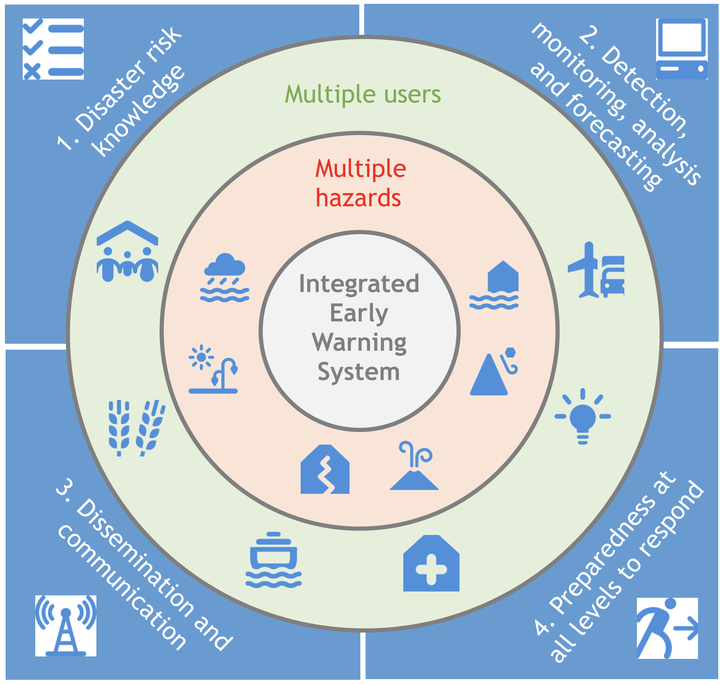
Abstract
Early warning systems (EWSs) help society to prepare for, and respond to, all types of disasters, including those related to hydrometeorological hazards. They save lives and minimize potential economic and environmental damages. Several international initiatives at the regional and global levels address early warning systems. The Sendai Framework for Disaster Risk Reduction 2015–2030 specifically highlights the need to “substantially increase the availability of and access to multi-hazard early warning systems and disaster-risk information and assessments to the people by 2030.” It urges efforts to make forecasting and EWSs more efficient, integrated and sustainable. The WMO governance reform too emphasizes the importance of delivering integrated multi-hazard and impact-based services through EWSs that are scientific and people-centred. In this context, what is the role of young professionals - who would be mid-career by 2030 - in the design and implementation of integrated multi-hazard and impact-based EWS?